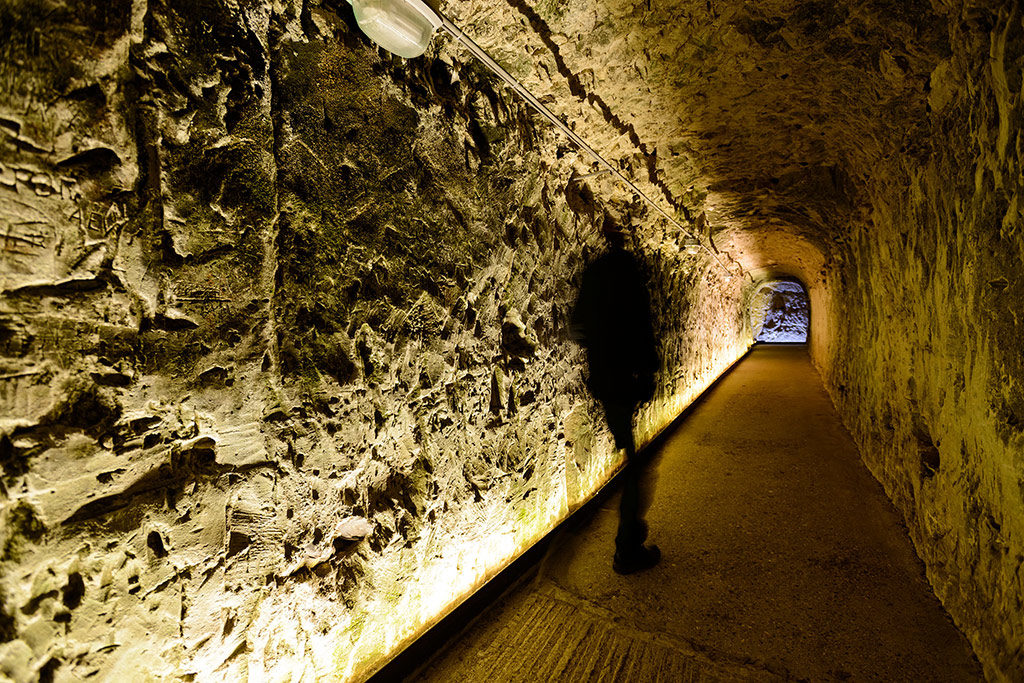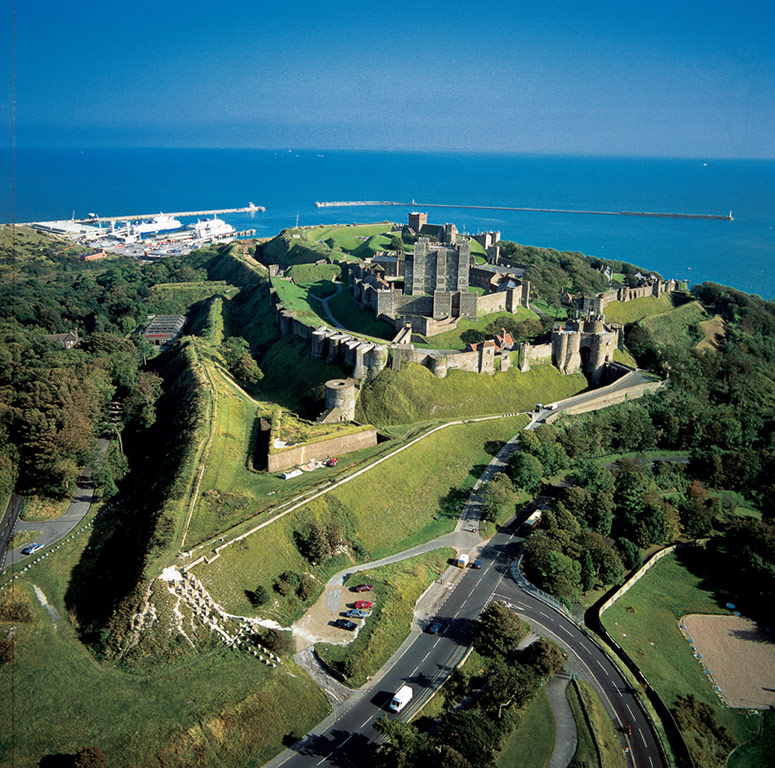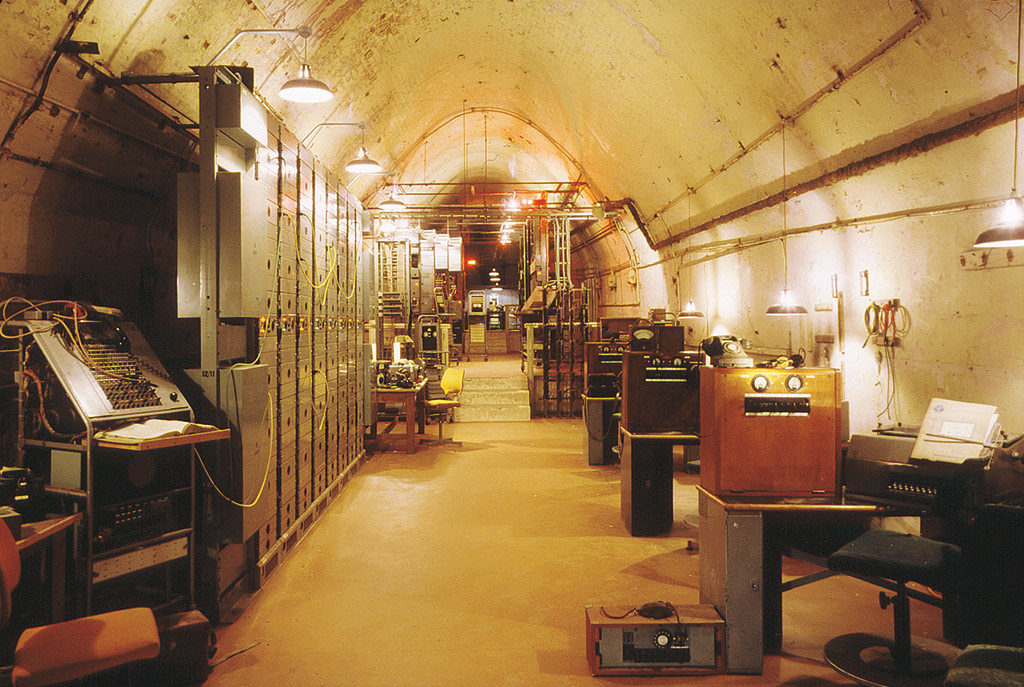- Museum
- Godwin Rd, Dover CT16, Royaume-Uni
- http://www.english-heritage.org.uk/visit/places/dover-castle/
- +441304 211067 customers@english-heritage.org.uk
At the first phase of the Second World War, the tunnels of Dover Castle housed the command centre of the great evacuation of Dunkerque (Operation Dynamo). Later, Dover Castle and the surrounding area were also used as the notional centre of the fictitious 1st U.S. Army Group (FUSAG). From here misleading radio signals were broadcast as part of Operation Fortitude South.
Standing at the narrowest part of the English Channel, Dover Castle has a long and eventful history. At the first phase of the Second World War, Dover Castle played a significant role in Operation Dynamo, the evacuation of troops from Dunkerque. With no technology and few resources, Vice Admiral Sir Bertram Ramsay planned and coordinated the successful evacuation of 338.000 troops from his headquarters within the tunnels beneath Dover Castle, marking one of the greatest rescue operations in history.
Later in the war, Dover Castle housed a military hospital and also played a key role in Operation Fortitude, conceived to mislead the Germans. The castle and the surrounding area was the notional centre of the fictitious 1st U.S. Army Group (FUSAG) under the pretended command of General George Patton. Dummy landing craft, airfields and roads were constructed around Kent, fake radio signals were transmitted from within the castle, all contributing to a false sense of activity in the south-east of England. By doing so, the Germans were made to believe that the Allied invasion of mainland Europe would come from Dover and via Pas-de-Calais. Instead, the real invasion, considered to be the beginning of the end of the war, took place at Normandy on 6 June 1944.





